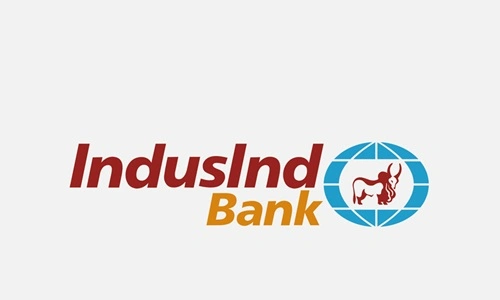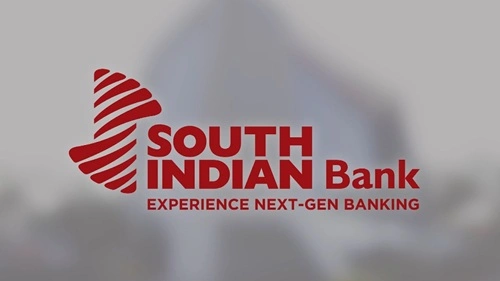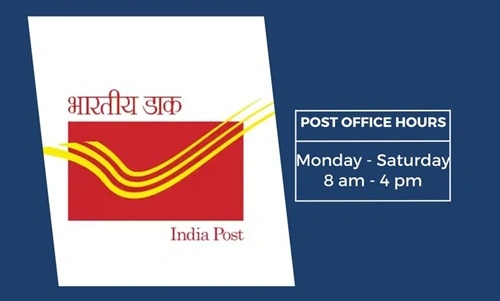AU Small Finance Bank has emerged as one of India’s fastest-growing small finance institutions, transforming itself from a niche vehicle financier into a diversified retail and MSME-focused bank. As India’s financial sector becomes more competitive and technology-driven, AU stands at a pivotal moment. With strong deposit mobilisation, digital expansion, and a potential transition toward becoming a universal bank, the bank is gearing up for a new growth chapter.
However, with rapid growth also come challenges — asset quality pressures, regulatory expectations, and the need for robust capital buffers. A SWOT analysis helps understand where AU stands in 2026 and what opportunities or threats may shape its future trajectory.
AU Small Finance Bank Overview

| Item | Detail |
| Name | AU Small Finance Bank Ltd. |
| Headquarters | Jaipur, Rajasthan |
| Customer base | 11.3 million+ (FY2025 reports) |
| Total deposits (June 2025) | Approx. ₹1.28 lakh crore |
| Key development | Received RBI’s in-principle approval to transition toward universal bank status (2025) |
Strengths
1. Strong Retail Deposit Franchise
AU has built a robust, sticky deposit base, growing by over 30% YoY in mid-2025. This strong deposit mobilisation provides a low-cost funding advantage, supports loan expansion, and reduces reliance on wholesale borrowings.
2. Consistent Profitability and Margin Strength
The bank has demonstrated healthy profit growth across FY25–26, backed by stable net interest margins and improving operational efficiency. Its retail-heavy book keeps margins resilient even during interest rate fluctuations.
3. Strategic Edge: Pathway to Universal Banking
RBI’s approval for AU to begin transitioning into a universal bank marks a major milestone. This opens doors for product diversification, corporate lending, and new revenue streams through subsidiaries.
4. Expertise in Niche Segments
Years of experience in vehicle finance and MSME lending give AU superior underwriting capabilities, especially in rural and semi-urban India where competition is comparatively fragmented.
Weaknesses
1. Rising Asset Quality Concerns
Recent quarters have shown fluctuations in Gross and Net NPAs. As the loan book expands rapidly, maintaining tight credit discipline becomes critical. Any slip could increase provisioning requirements and hit profitability.
2. Capital Requirements for Growth
Expansion into universal banking, along with fast-paced loan growth, will require strong capital reserves. AU may need to raise fresh capital through equity or subordinated instruments to maintain buffers.
3. Portfolio Concentration Risk
Although diversified, certain product or geographic concentration areas remain. An economic slowdown in key lending segments may impact asset quality disproportionately.
Opportunities
1. Expansion into Corporate & Universal Banking
Universal bank status opens a wider playing field — corporate credit, treasury operations, and cross-selling through new subsidiaries. This diversification can significantly boost fee income and long-term profitability.
2. Digital Acceleration & Cross-Selling
With a large existing customer base, AU can scale digital products such as credit cards, personal loans, and wealth offerings. Leveraging digital channels can reduce costs and improve customer retention.
3. Growing Demand in MSME & Rural Lending
India’s MSME sector is under-penetrated in formal credit. AU’s strong presence in semi-urban locations positions it well to capture rising credit demand in these markets.
4. Strategic Partnerships & Capital Market Access
AU’s strong financial performance enhances its ability to raise funds, form partnerships, or explore acquisitions to strengthen its product portfolio.
Threats
1. Economic Slowdown Risks
Any slowdown in key sectors like vehicle financing, small businesses, or rural markets may elevate NPAs and impact loan repayments.
2. Stiff Competition in Retail & MSME Lending
Large private banks, new-age fintech lenders, and other SFBs are aggressively targeting the same customer segments, which may put pressure on lending margins.
3. Regulatory Compliance & Governance Risks
As AU transitions into a larger institution, regulatory scrutiny will intensify. Any lapse in compliance or governance can lead to penalties and reputational damage.
4. Market Sentiment & Liquidity Pressures
Being a listed bank, AU is affected by market cycles. Volatility in capital markets or liquidity conditions can impact fundraising and operational costs.
Conclusion
AU Small Finance Bank enters 2026 with strong fundamentals, a powerful retail franchise, and a strategic opportunity to evolve into a universal bank. The next phase of growth will depend on its ability to balance expansion with disciplined risk management. By strengthening credit quality, maintaining adequate capital, and leveraging digital platforms, AU can solidify its position as one of India’s most dynamic emerging banks.


